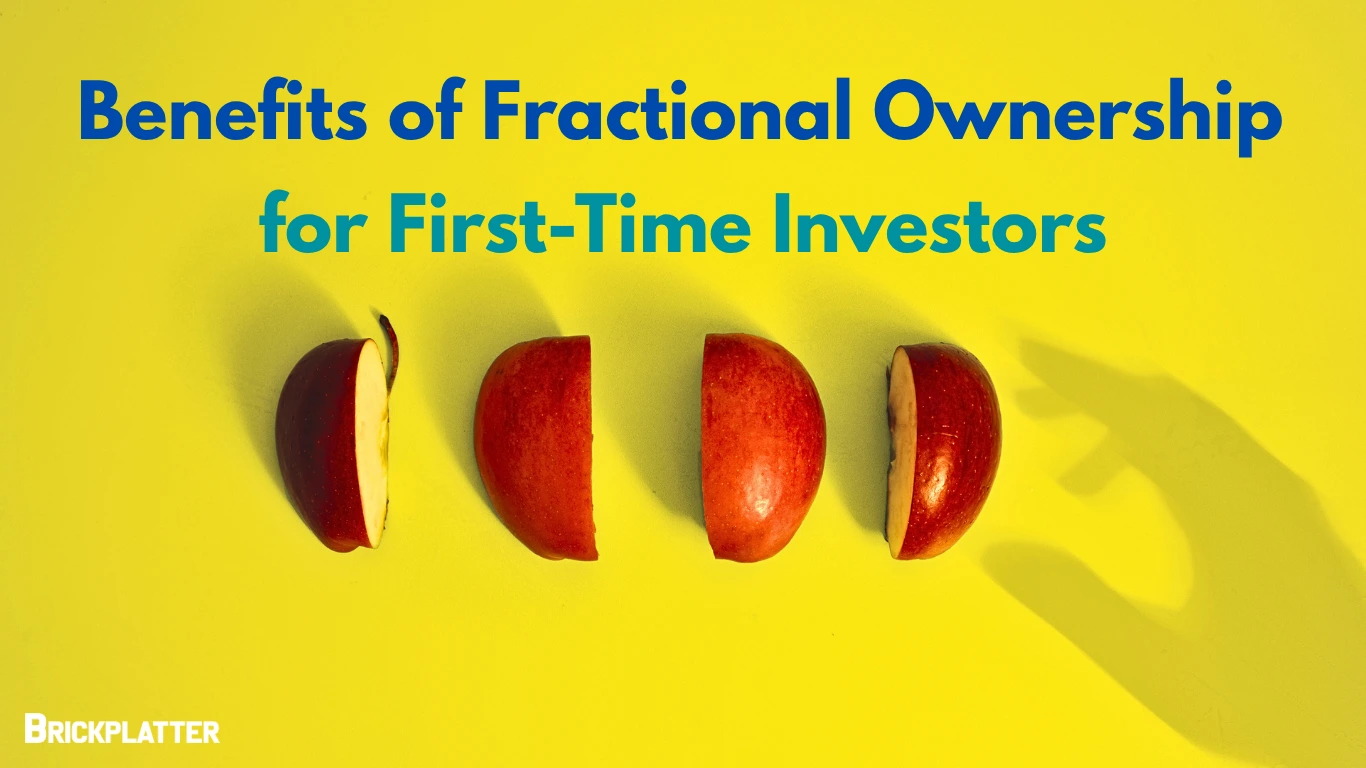
Table of Contents
ToggleHow to Invest in Real Estate in India: A Simple Guide (2025 Edition)
Are you looking to build steady, long-term wealth? If yes, real estate investment remains one of the most trusted ways to grow money in India. From buying a piece of land in a developing area to earning passive rental income through commercial spaces, property investments offer both security and profitability.
But the big questions are:
Where do I start?
Which type of property is best—residential, commercial, or land?
How do I invest with minimal risk and maximum return?
If these questions have crossed your mind, you’re not alone! The world of real estate can feel overwhelming due to changing trends, market dynamics, and economic shifts. The good news is—you don’t need crores to get started. New-age models like fractional ownership and SPV-based investments have made real estate more accessible than ever before.
This guide will walk you through the basics of property investment in India, helping you choose the right option based on your goals, budget, and risk appetite.
Understanding Real Estate Investment
At its core, real estate refers to land and any permanent structures attached to it—homes, offices, malls, or even farmland. It’s different from personal property (like cars or equipment) because it usually appreciates over time.
Here are some important distinctions:
Land → The natural surface and everything on it—trees, water, minerals.
Real Estate → Land plus the permanent structures built on it.
Real Property → The land, structures, and the legal rights to own/use
them.
When you invest in real estate, you can either:
- Buy directly (a flat, land, or office space) and earn income through rent or appreciation.
- Invest indirectly (via REITs or PropTech platforms) and enjoy returns without directly managing a property.
Types of Real Estate Investments in India
Let’s explore the most popular ways to invest in Indian real estate:
1️⃣ Residential Properties
These include apartments, villas, and independent houses. A residential property can generate steady rental income and appreciate over time.
✔️ Best for: First-time investors looking for stability.
✔️ Demand driver: India’s growing urban population.
2️⃣ Commercial Properties
Think office spaces, shops, malls, hotels, or restaurants. Commercial properties usually bring higher rental yields (6–9%) compared to residential (2–3%). Businesses often sign long-term leases, ensuring steady cash flow.
✔️ Best for: Investors seeking higher and consistent returns.
✔️ Demand driver: India’s booming startup and corporate ecosystem.
3️⃣ Industrial Properties
Factories, warehouses, storage units, or R&D centers. With the rise of e-commerce and logistics hubs, demand for industrial spaces has skyrocketed.
✔️ Best for: Investors aiming for long-term stability with lower maintenance.
4️⃣ Land Investments
Buying land in a developing location and holding it for appreciation is one of the oldest strategies. It can also be used for farming, leasing, or future development.
✔️ Best for: Patient investors who don’t mind waiting for returns.
5️⃣ Real Estate Investment Trusts (REITs)
If you want to invest in real estate without owning property directly, REITs are a great option. They allow you to buy shares in real estate portfolios (like offices, malls, or IT parks) and earn dividends.
✔️ Best for: Small investors who want exposure to real estate.
✔️ Bonus: Listed on stock exchanges (easy entry & exit).
6️⃣ Fractional Ownership (Next-Gen Investing 🚀)
This is where Balaji BrickPlatter PropTech Pvt. Ltd. comes in.
Instead of buying a property worth several crores, you can invest fractionally with a group of co-investors. The property is held under a Special Purpose Vehicle (SPV), ensuring legal transparency and security.
💡 Example: A premium office space worth ₹20 crore can be split among 100 investors, each owning a fraction. Investors earn rental income and benefit from capital appreciation—without the burden of managing the property.
✔️ Best for: Individuals, NRIs, and HNIs who want premium assets with low entry barriers.
✔️ Demand driver: Millennials and NRIs seeking diversified portfolios with steady returns.
📊 Key Factors to Consider Before Investing
-
Location → Properties near airports, IT hubs, and metro corridors grow faster.
Market Trends → Study supply-demand, rental yields, and appreciation potential.
-
Legal Structure → Ensure proper documentation and SPV-based ownership if investing fractionally.
-
Exit Strategy → Plan when and how you’ll exit (resale, REITs, or SPV exit routes).
-
Risk Appetite → Residential = safer, Commercial = higher yield, Fractional = balance of both.
✅ Final Thoughts
Investing in real estate in India can be your gateway to steady income, portfolio diversification, and long-term wealth creation. The best part? You don’t need to invest alone. With fractional ownership and SPV-based models, even premium properties are now within reach of regular investors.
At Balaji BrickPlatter, our mission is to democratize property ownership—making it accessible, secure, and profitable for individuals, NRIs, HNIs, and institutions.
🚀 Whether you want to co-invest in commercial assets, buy pre-leased properties, or explore new-age PropTech opportunities, your journey starts here.

